Edward H. Fairchild became the first president of Berea College. At this time, the College owned about 400 acres of land.

President Fairchild said, "All possible pains will be taken to make expenses low, and to furnish the means of self-support. The College can furnish labor for a considerable number, others can find it among the inhabitants. Almost all who can show themselves competent and reliable can find all the work they can do."
A garden was established in conjunction with the Boarding Hall, comprising 1.5 acres.
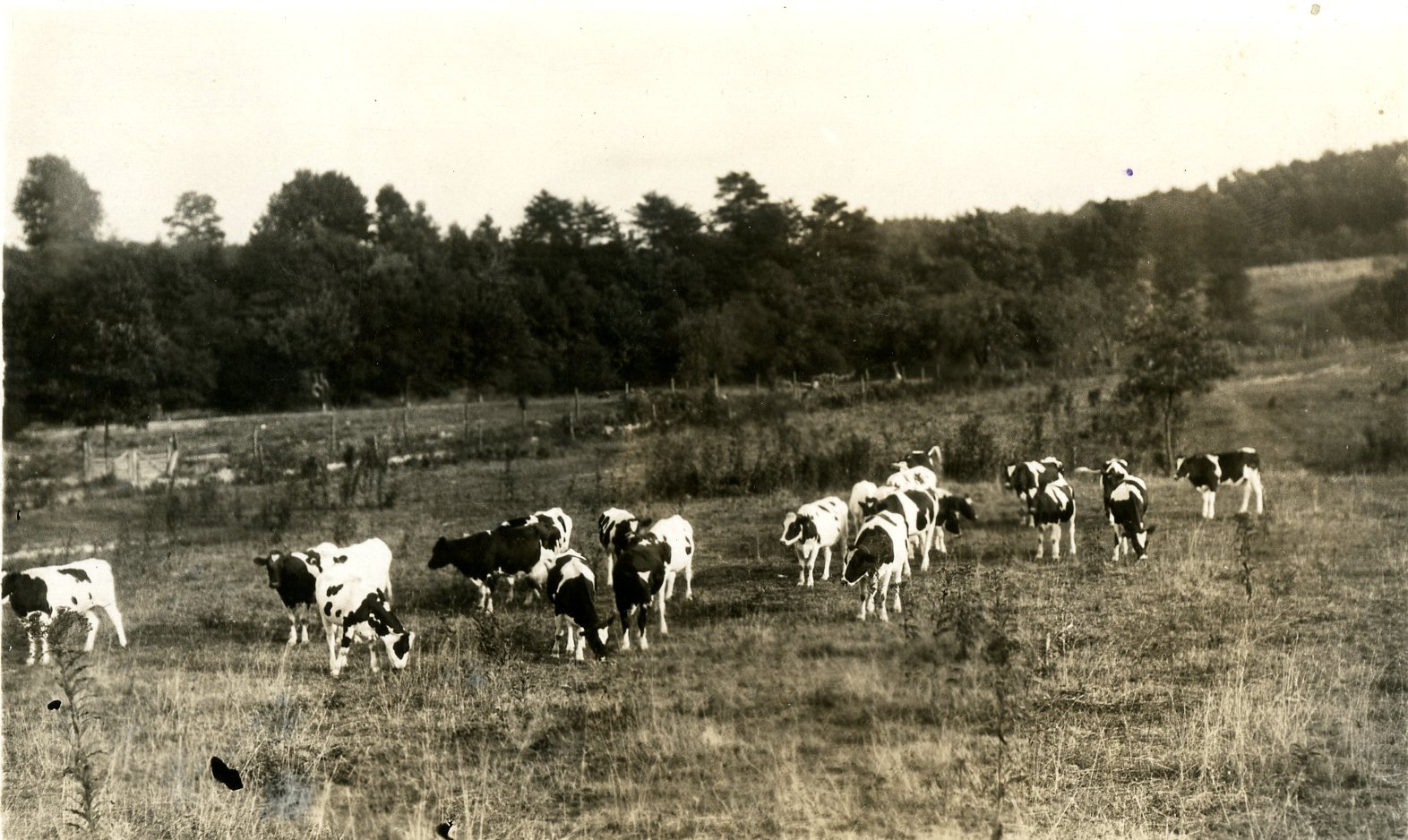
According to a letter written by Professor Monier, there probably were a few dairy cows kept at the College at this time.
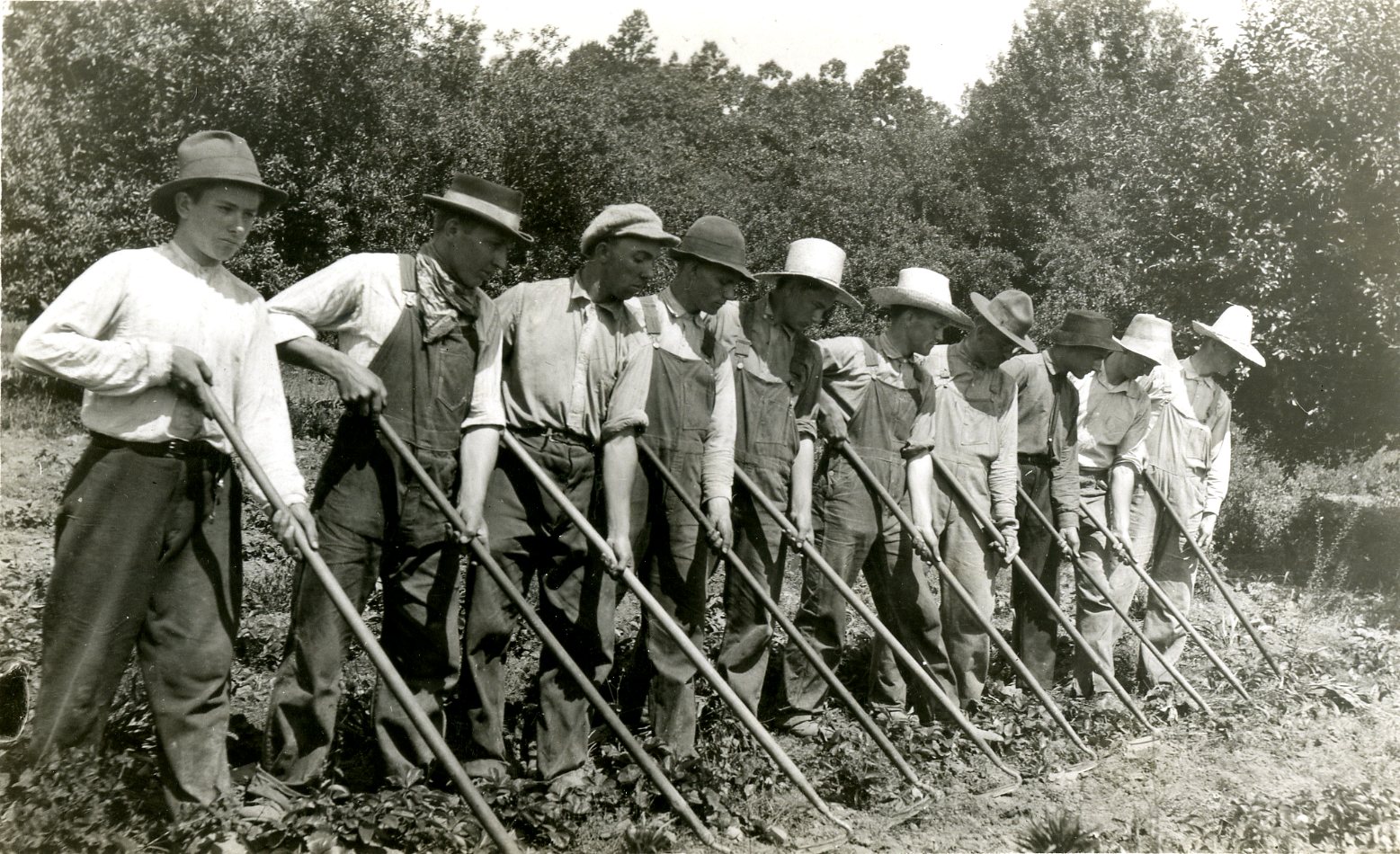
President Fairchild said, "Our students are engaged in making roads at Berea. They have never tried to run a farm. I have seen student efforts to run a farm, but they have never amounted to much. I do not think it can be made successful. I would not undertake to run a garden with students. I can make a good garden but I have never seen a student who could do it."
Ten acres of land were purchased from Charles Johnston to expand the garden in the area west of Scaffold Cane Road.
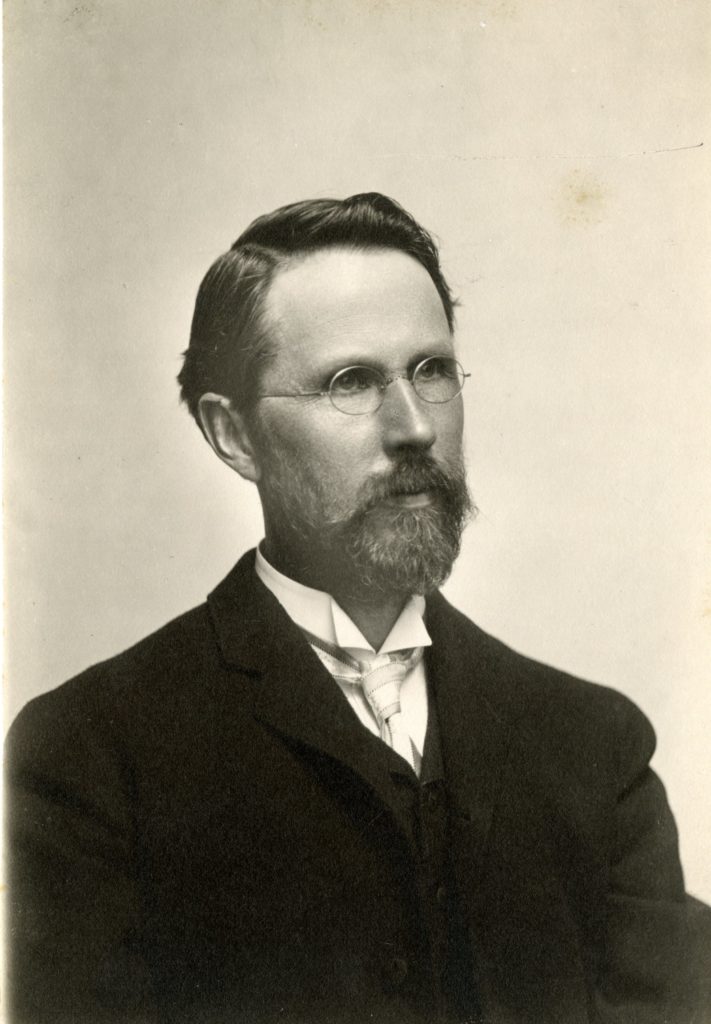
Silas C. Mason, a graduate of the Kansas Agricultural College, was hired. He taught College courses in forestry, and he cooperated with the Farm foreman in such practical work as fencing, draining, gardening, fruit raising, cleaning the forest, and making roads, thereby furnishing instruction and employment to more than 100 young men.
Frost says, "I am beginning to be disappointed that the Farm does not bring in more. Last year we sunk a good deal in it, but this year it ought to do better than it is doing in the way of production. The cold frames and gardens ought to succeed, whereas they have been less productive than before we had scientific direction!"

Professor Mason insisted that "what the uncompromising College land needs is drainage," but President Frost felt that the cost was too great and that it must wait until the College could manufacture its own tile.

Montgomery was hired as part of a USDA program for on-farm demonstrations in parts of counties surrounding Berea (agricultural extension). Though he was not an employee of Berea College, he had an office at the College and taught.
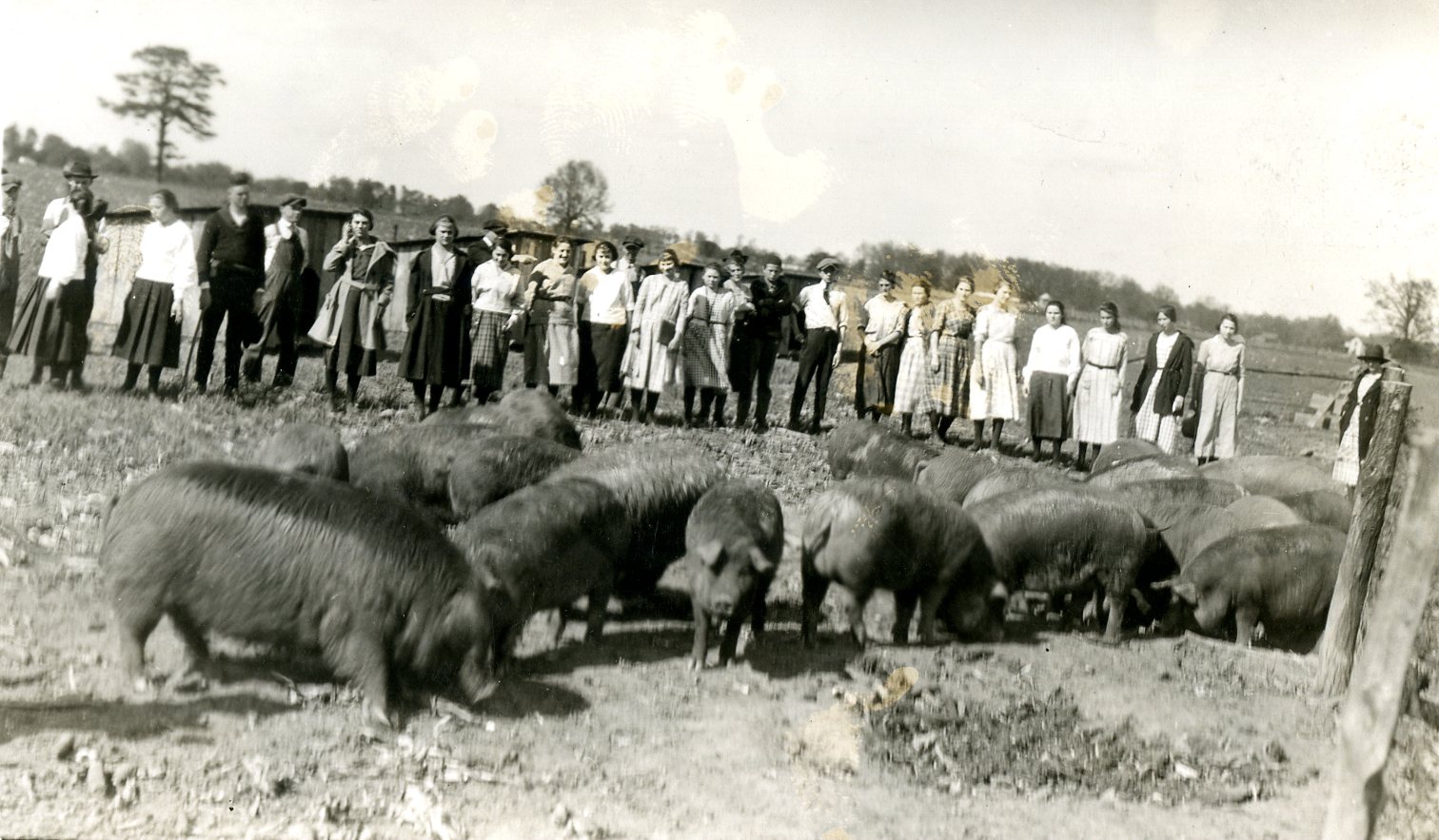
Berea College had a School of Agriculture that offered a two-year agriculture program including training in agronomy, horticulture, forestry, animal science and farm management.

William L. Flanery wrote of the progress made in using student labor to run the Farm, but there were problems, including a lack of adequate supervision, high student turnover, poor soil conditions and financial losses.
The conflicting goals of using the Farm to educate students and make money are evident throughout the report. Flanery wrote, "You can see how easily we might neglect the instruction of the boy in order to make our work pay... I believe that we are sacrificing the opportunities of many a student because we are trying to make their labor pay in dollars and cents."
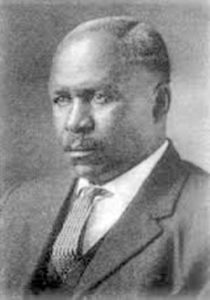
Born the son of slave parents in Madison County, Kentucky, Laine would go on to become an educator, agriculturalist, poet and author, and one of the most intellectually and creatively gifted to be born and live in Madison County.
Laine attended Berea College and became a teacher. From 1889 to 1899, Laine attended Berea while at the same time being “hired out” by his father to pay off the family farm. At Berea, he worked his way to teaching certification in 1892 and 1895. Serving briefly in Clark County, he would devote the rest of his career and life to his native county.
Laine became the county’s first black agricultural extension agent in 1915, organizing farmer and homemaker clubs around the county. Given the title “County Demonstrator for the Colored People,” his position was briefly funded by the fiscal court.
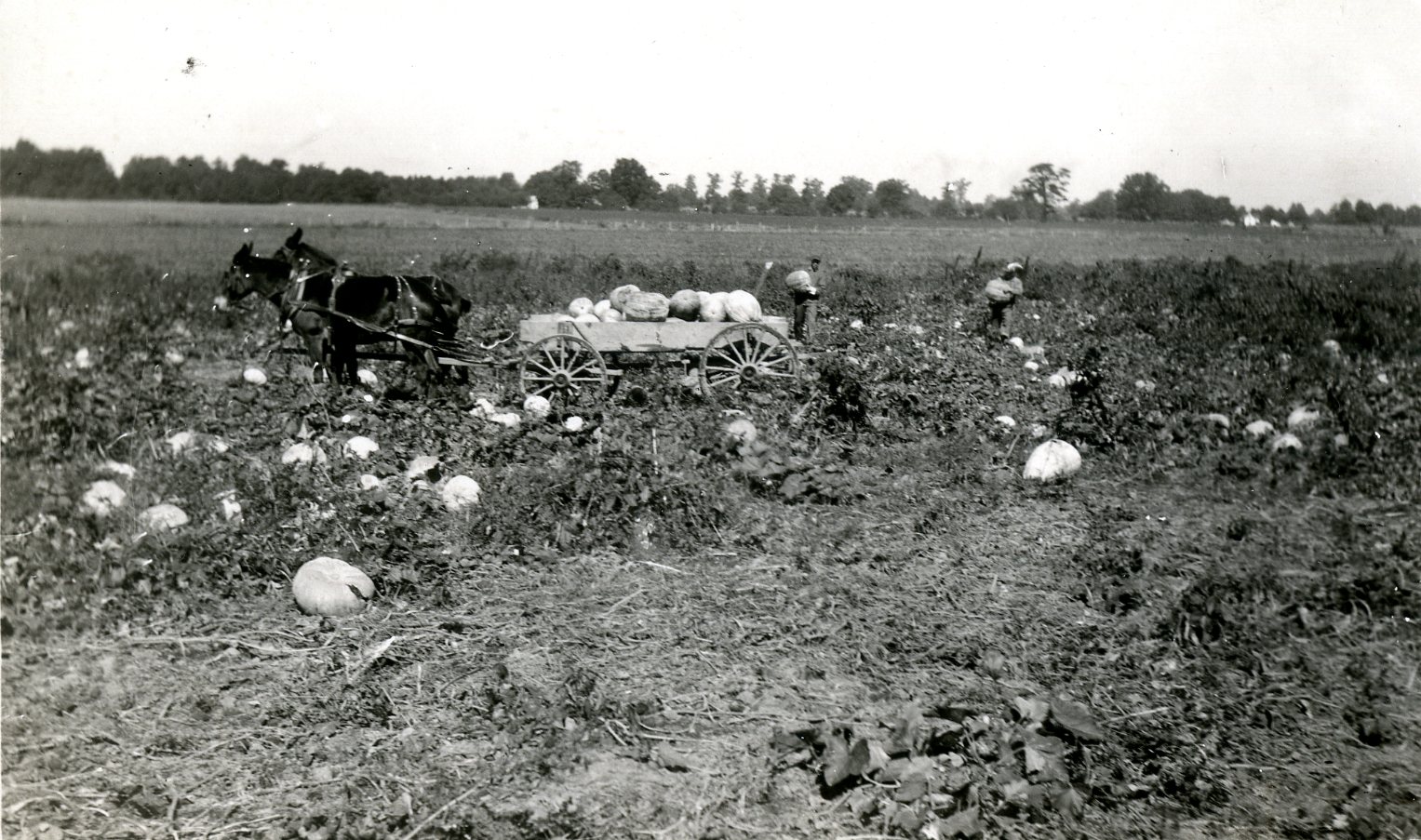
Clark writes, "The careful observations of the workings of Nature under our immediate conditions is the most effective means of improving our profits and pleasures. The young men who work on our College Garden have a great opportunity to see what can be done by improved methods and the most important thing is that they learn the principles, so that they can put them into practice on their own farms."
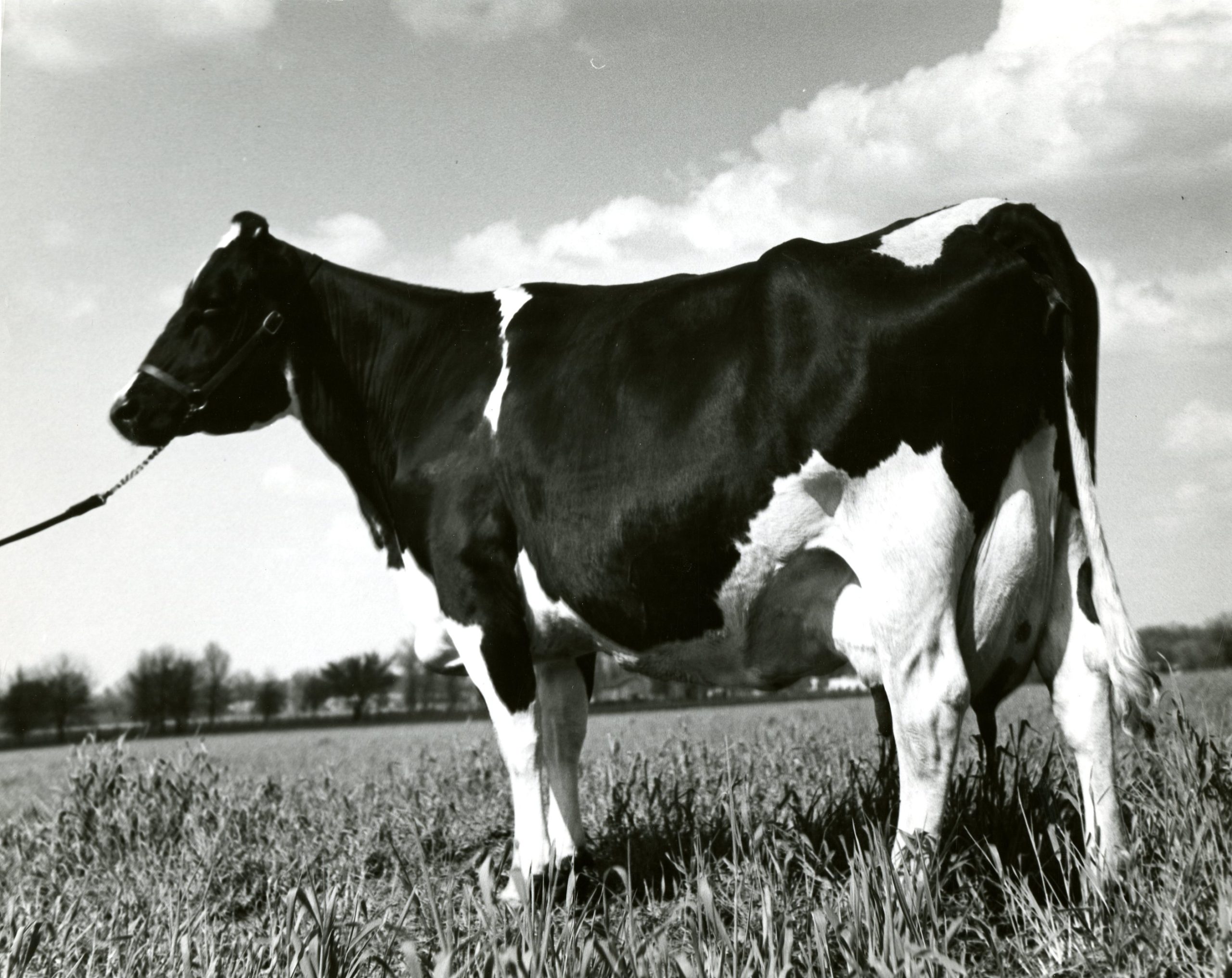
Agriculture was first listed in the college catalog as a major (Peck).
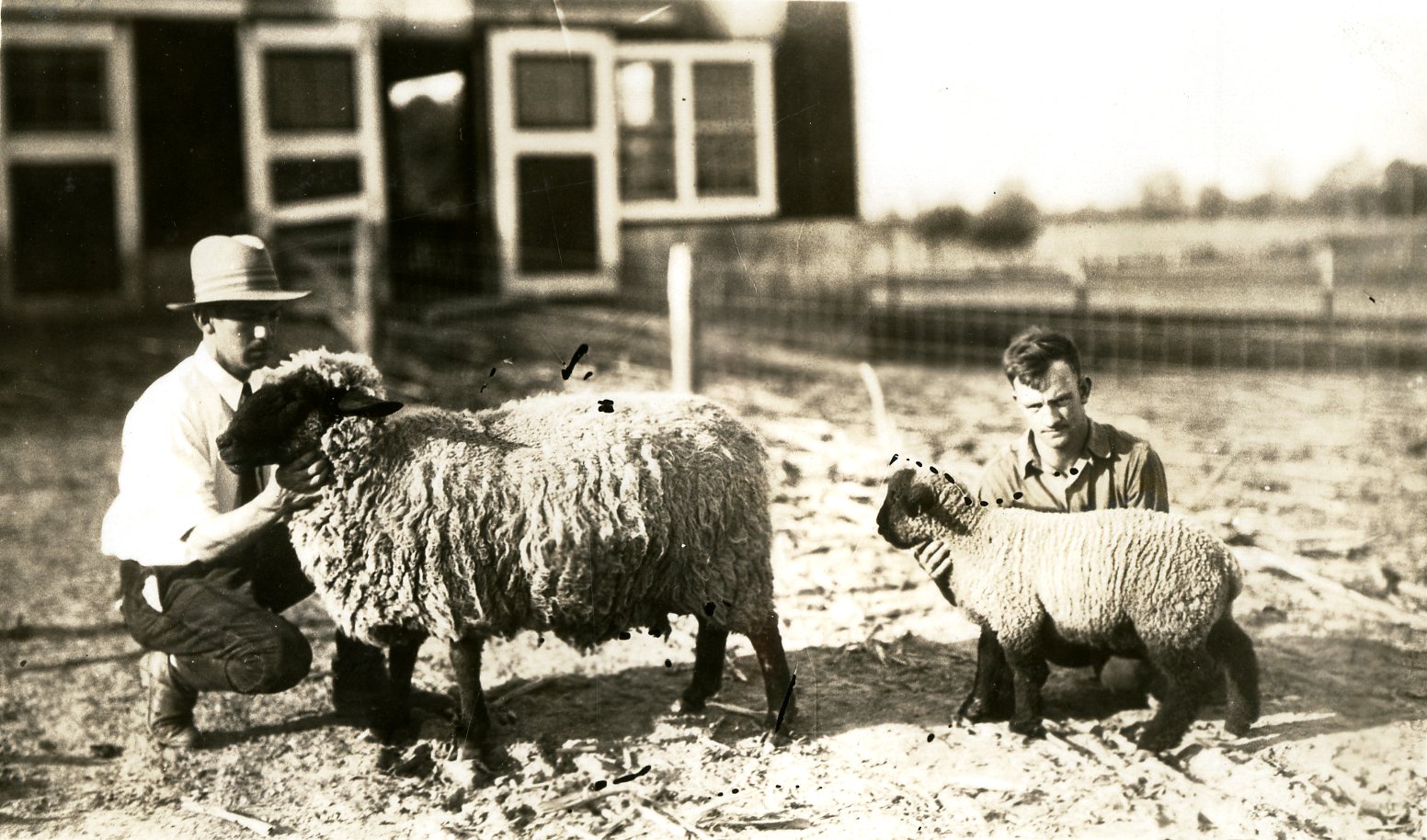
A Bachelor of Science in Agriculture was available to fulfill the requirements of the Smith-Hughes Act as well as those of the Bachelor of Arts degree.
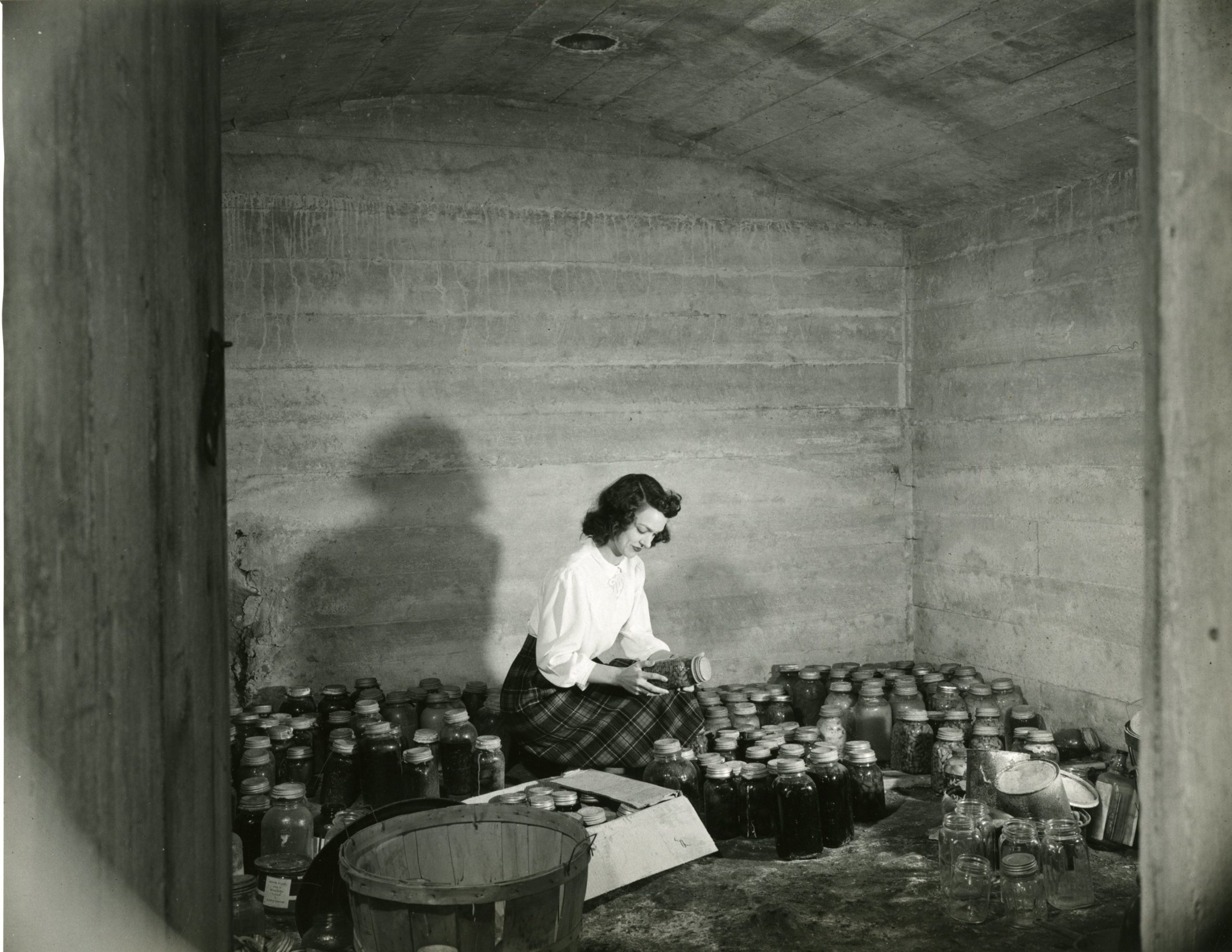
At this time, the College Farm included:
- 20 sows
- 120 mature sheep and 80 lambs
- 80 beef and dairy cows
- 420 chickens
- 2,500 growing chicks
- 135 acres of corn and soybeans for grain or silage
- 80 acres of pasture
- 60 acres of vegetables and fruits
- A cannery that canned a record 22,700 gallons of produce
- A greenhouse
- Cold frames
- Hot beds
- A nursery for producing landscape shrubs and flowers
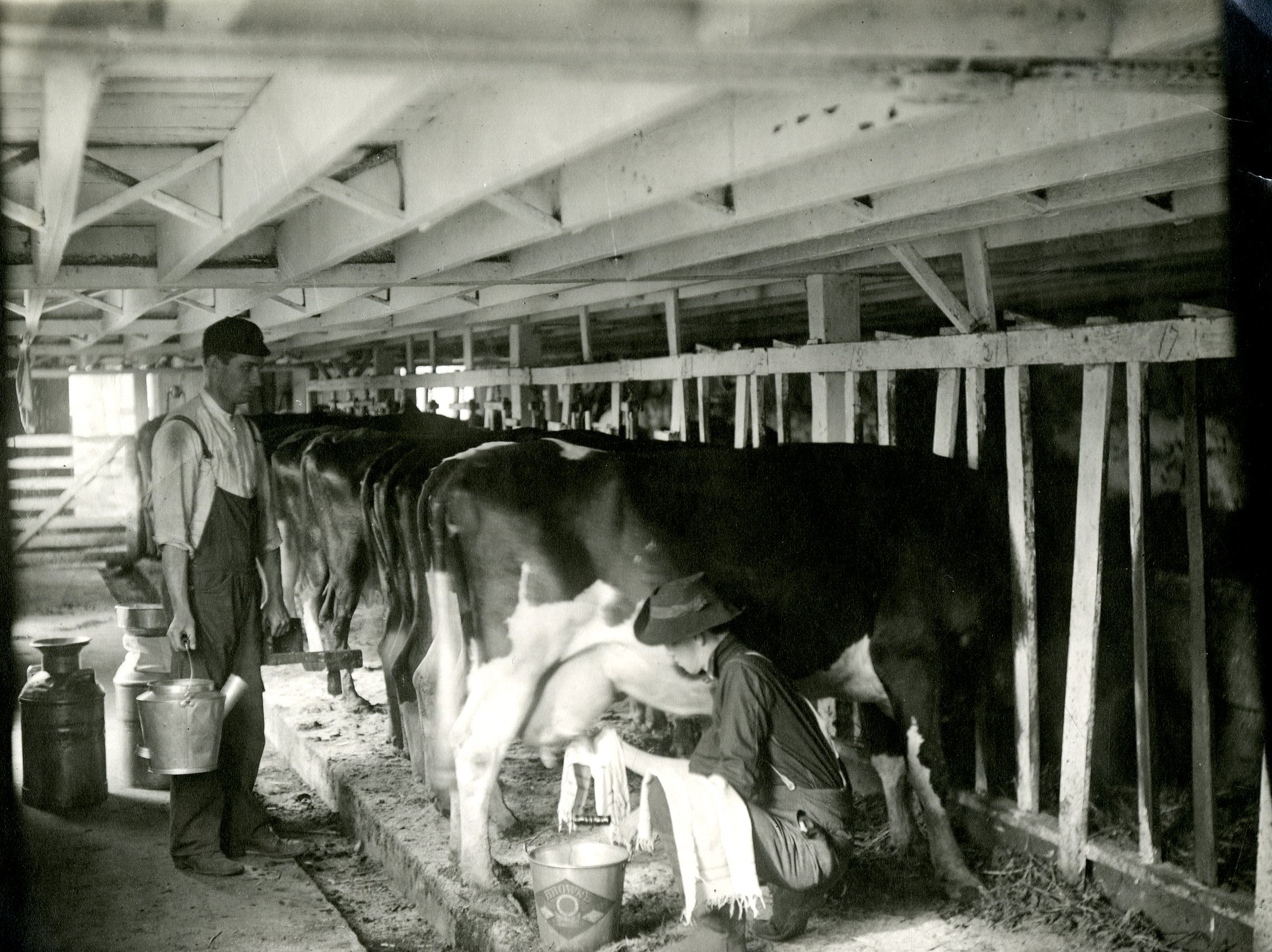
William Jesse Baird said, "The classroom work and operation of our dairy have been closely interwoven and are becoming increasingly so... We must never feel that the production of milk for our boarding hall is the primary function of our dairy. It is a very important function, but the educational value of our dairy work ... is a far greater mission."
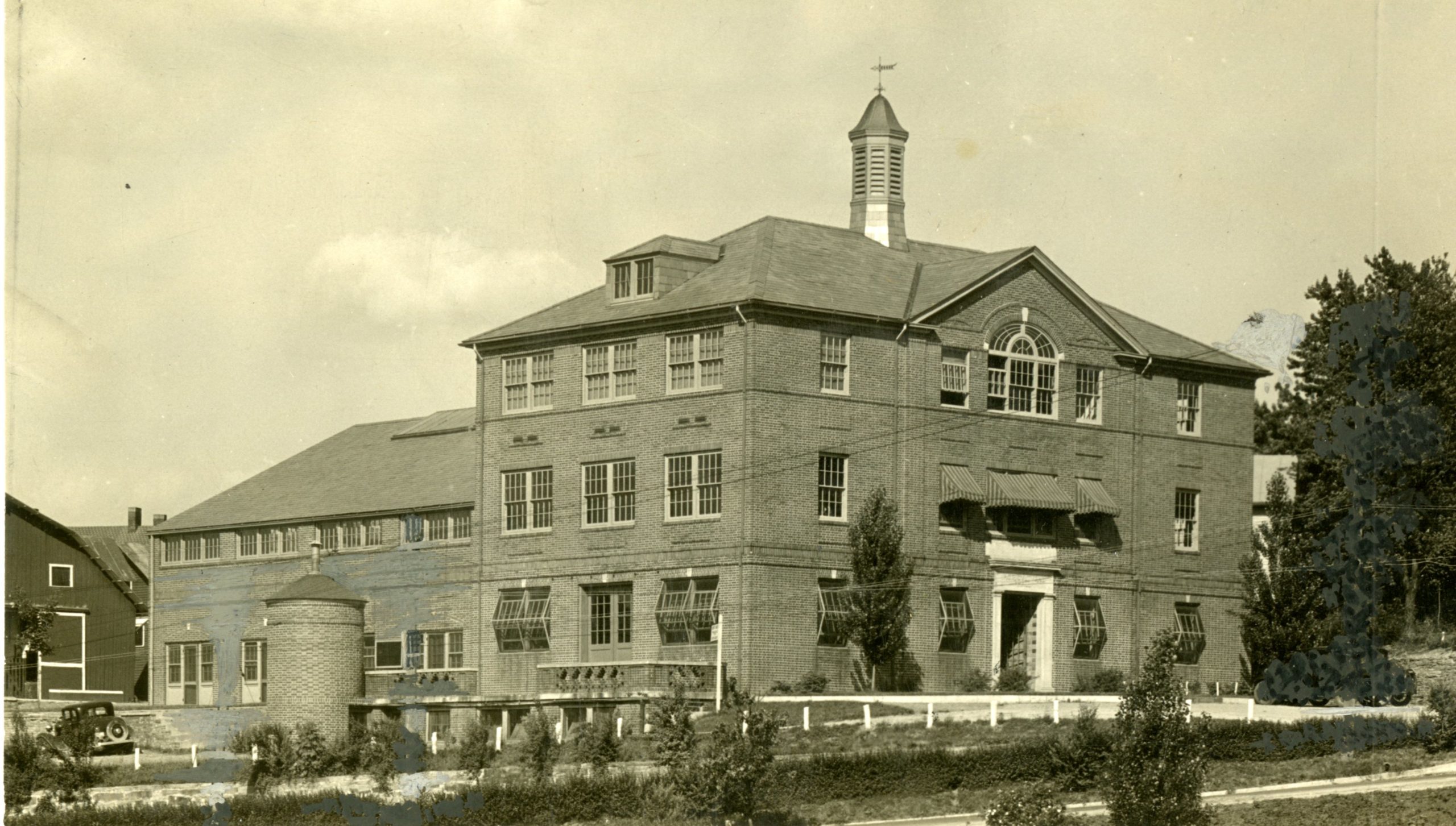
The Vincent Goldthwait Memorial Agriculture building was completed and included dairy and animal husbandry laboratories, refrigerators, pasteurizers, bottling machines, laboratory tables, slaughtering equipment and cheese-making equipment. The three classrooms were "admirably equipped with running water, laboratory desks, cabinets, tables, etc."

An issue requiring attention was the cost of labor. "We have tried continuously to reduce the amount of labor on the Farm... Student labor is all right after selection has been made, but the inexperienced fall overflow is a real burden."
President Hutchins writes in a promotional pamphlet: "Our Department of Agriculture of Staffed by men who believe that good farming is not the chief end of man, but that good farming plus music and art and religion, plus history, political science and literature, all may combine to make a rich and fruitful life for Americans."
A push to increase food production in most of the College Farm's enterprises and some new projects were started. A small apiary was established, experiments were initiated in belladonna production for medicinal purposes, and 2.5 acres of hemp were grown for seed.
Joe Johnson Farm, known today as Hunt Acres, was purchased. The 200 acres cost $15,000 and was paid for with money donated by Mr. and Mrs. O.E. Hunt of Detroit.

Robert Finley Spence graduated from the Berea College Foundation School and completed the Agricultural course of the Vocational School at Berea in 1914 before starting a forty year career as extension agent for Southern Madison and Rockcastle counties, Kentucky. Spence also taught courses at Berea College, worked with the Vocational School, and was heavily involved with the 4-H Club and other organizations in Kentucky. After retiring from his County Agent position in 1954, Spence became coordinator of Agricultural activities at Berea College. He remained in this position until 1958.
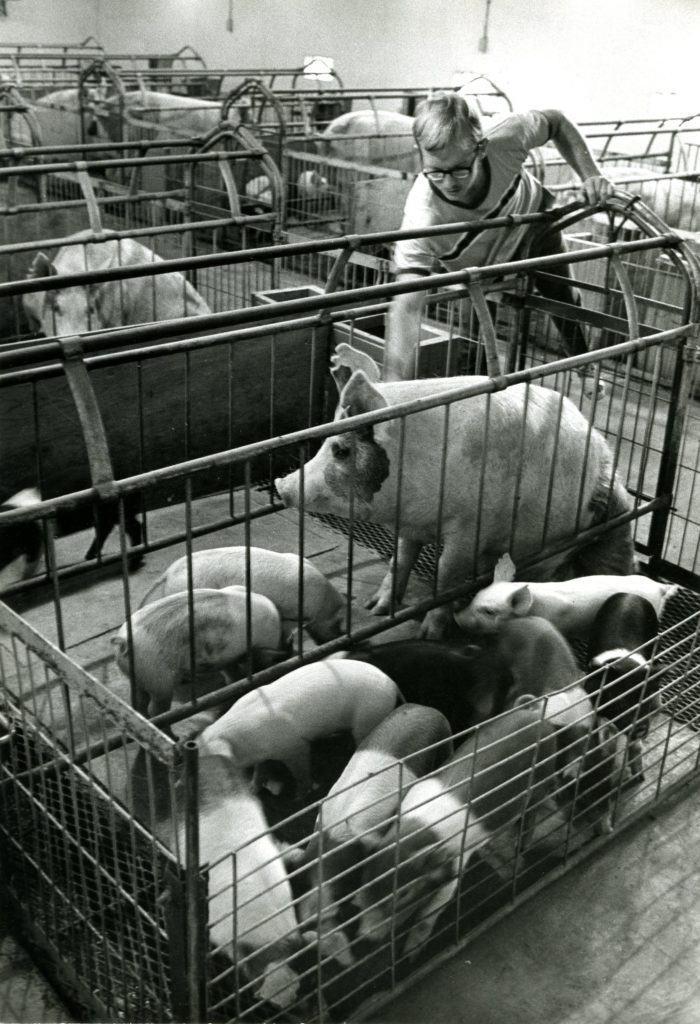
A report "Farm Activities of Berea College: Observations and Projects" focused on the inefficiencies and financial troubles of the farm including: farm activities requiring too much supervision, low productivity of labor, and an "inability or failure to clearly delineate between commercial and educational programs."
"The student labor program will be given continued consideration in order that the students might be more productively and educationally employed. The problems of scheduling blocks of time sufficient to permit the student to be productive are difficult."

The dairy operation was closed down and the cows auctioned off to cut financial losses from the Farm.
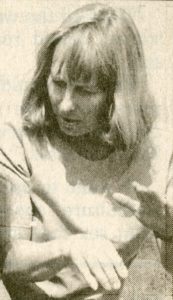
The first female faculty member in the Agriculture Department was hired: Carolyn Orr.
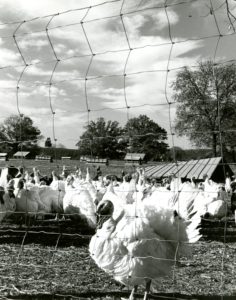
The poultry facility (turkeys and chickens) was closed down due to financial losses.
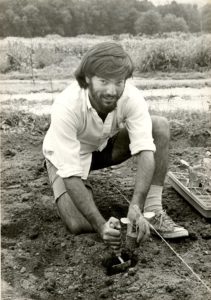
Horticulturist position was created in Facilities Management to take over Campus Gardeners from the Agriculture Department.
The College Farm discontinued growing tobacco and sold its tobacco base.
The Department changed its name to the Department of Agriculture and Natural Resources.
The horticultural part of the College Farms, the Gardens and Greenhouse, began composting food waste from the College Food Service.
The Gardens and Greenhouse began a community-supported agriculture program.

- 635 acres (57 acres leased to other farmers)
- 220 acres of pasture
- 220 acres of crops (corn, wheat, rye, soybeans, alfalfa, mixed hay, silage)
- Five acres of horticulture with four hoop houses and one glass greenhouse producing salad greens, bedding plants, fruit, honey and mushrooms
- 90 brood cows
- 30 sows
- 40 ewes
- 13 nannies
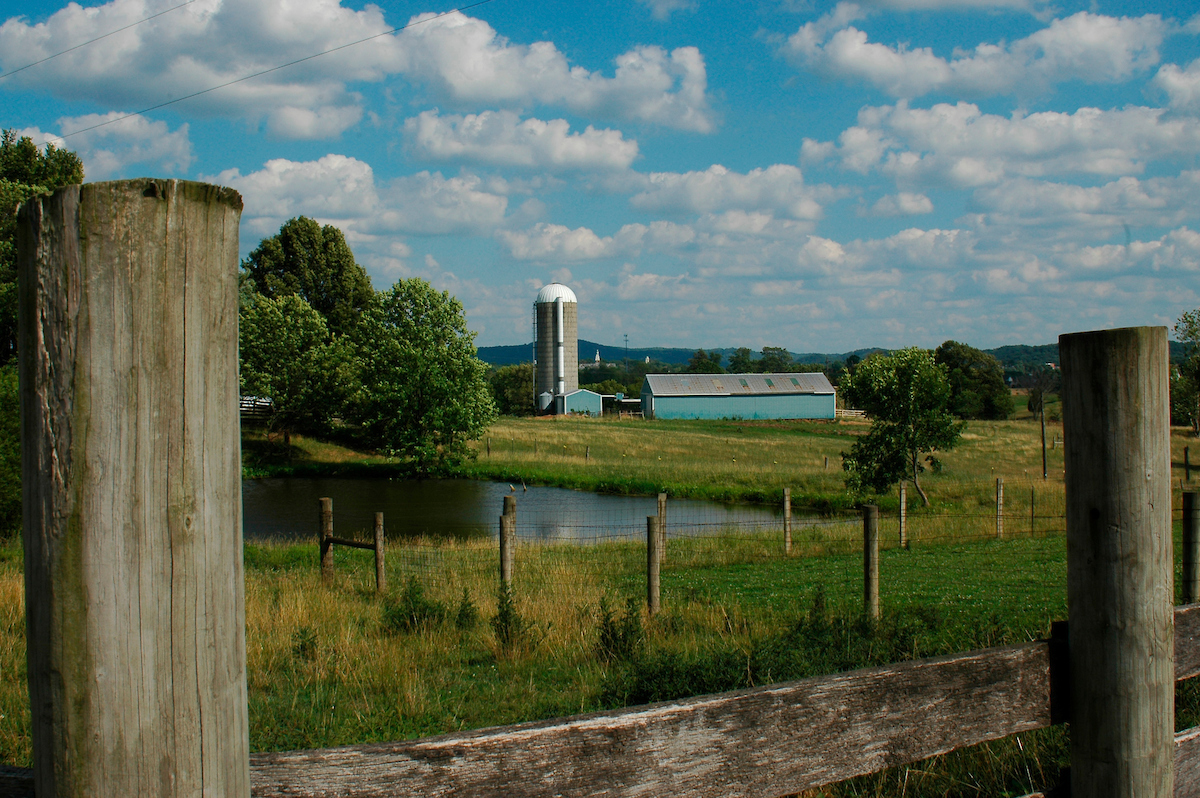
The transition to organic production began and today, all crops produced on the farm are USDA Certified Organic.

The Farm achieved Certified Animal Welfare Approved by A Greener World (AGW) on its management practices of the beef cattle herd and pigs.
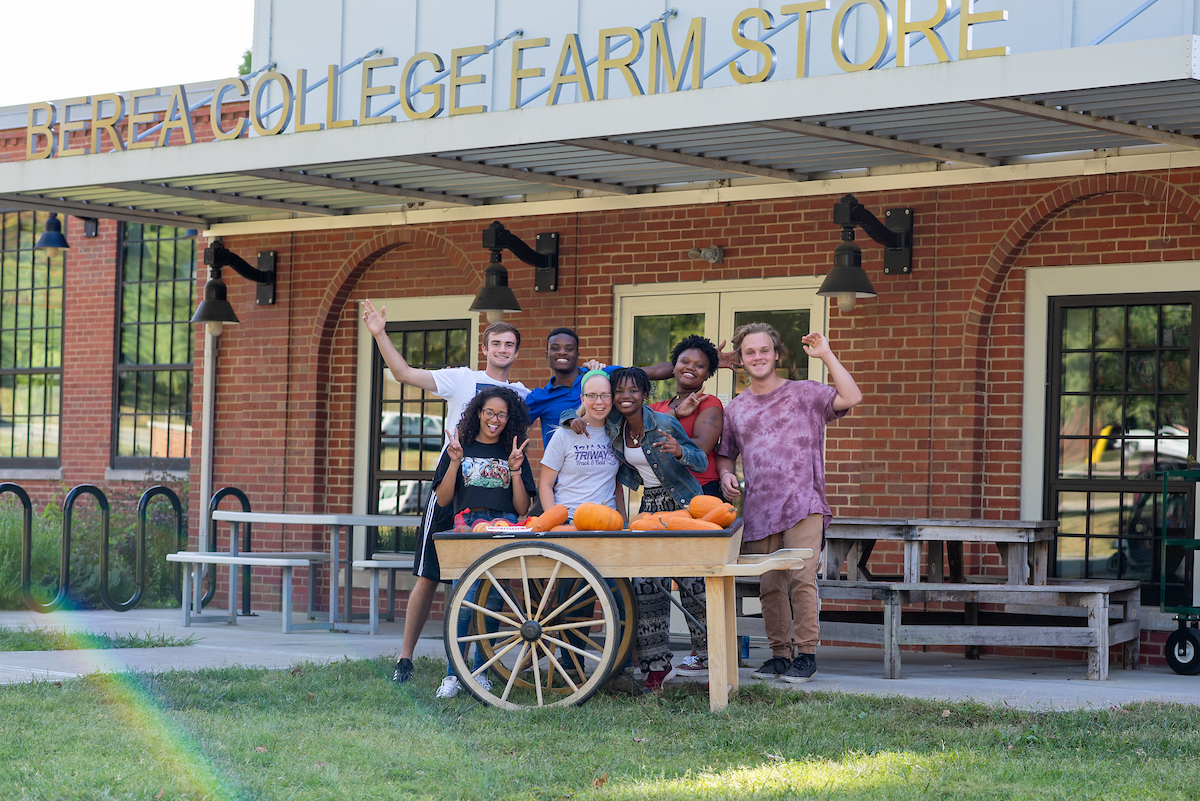
The Farm Store opened in November 2013 and offers students and members of the community the opportunity to purchase food grown at the College Farm as well as other local businesses and farms across the state.

Established in 1871, the Berea College Farm is one of the oldest continuously run educational farms in North America. Now at 500 acres, the Farm serves not only as an enormous classroom for Agriculture and Natural Resources majors and labor students, it is also a laboratory for the latest techniques in sustainable farming. The Farm maintains animal-welfare certifications on several of the livestock enterprises and its produce and grain are USDA certified organic, a value that is just one way Berea College lives out its commitment to mindful and sustainable living in Appalachia.
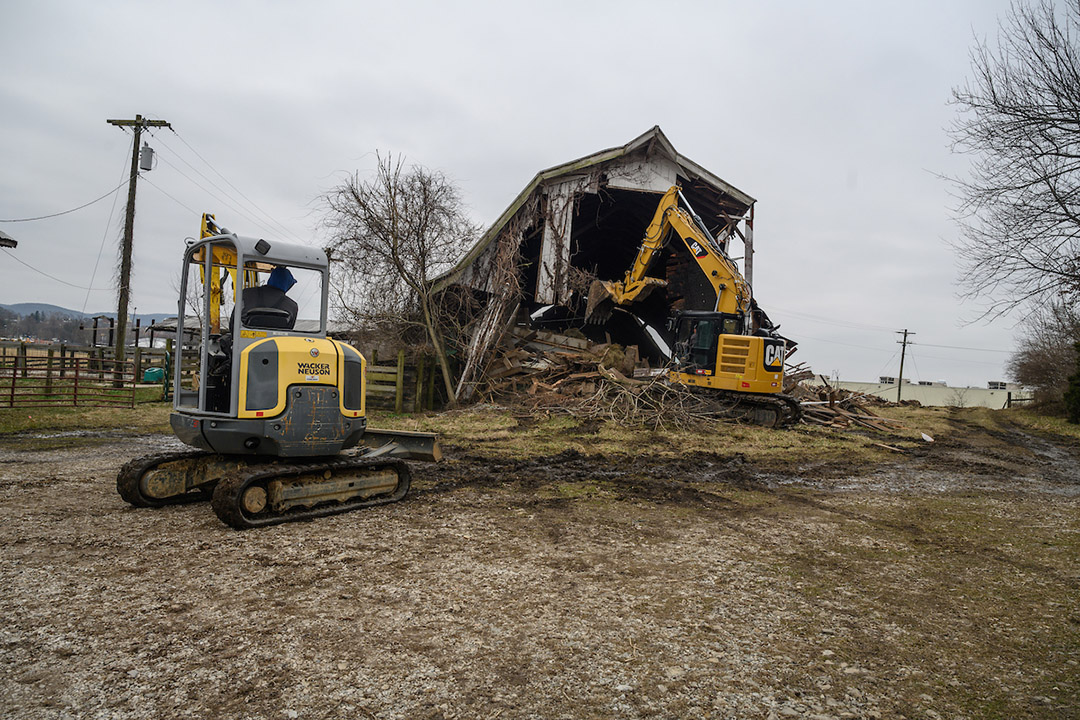
Dead Horse Knob on the Berea College Farm functions as a winter-feeding location for the College’s 100-135 head cattle herd, used for academic research and direct-to-consumer sales as part of our sustainable Appalachian farm model. A generous grant from the Sue B. Hart Foundation is supporting upgrades and improvements to the site, improving the function and efficiency of the site for continued use by the Agriculture and Natural Resources Department.
